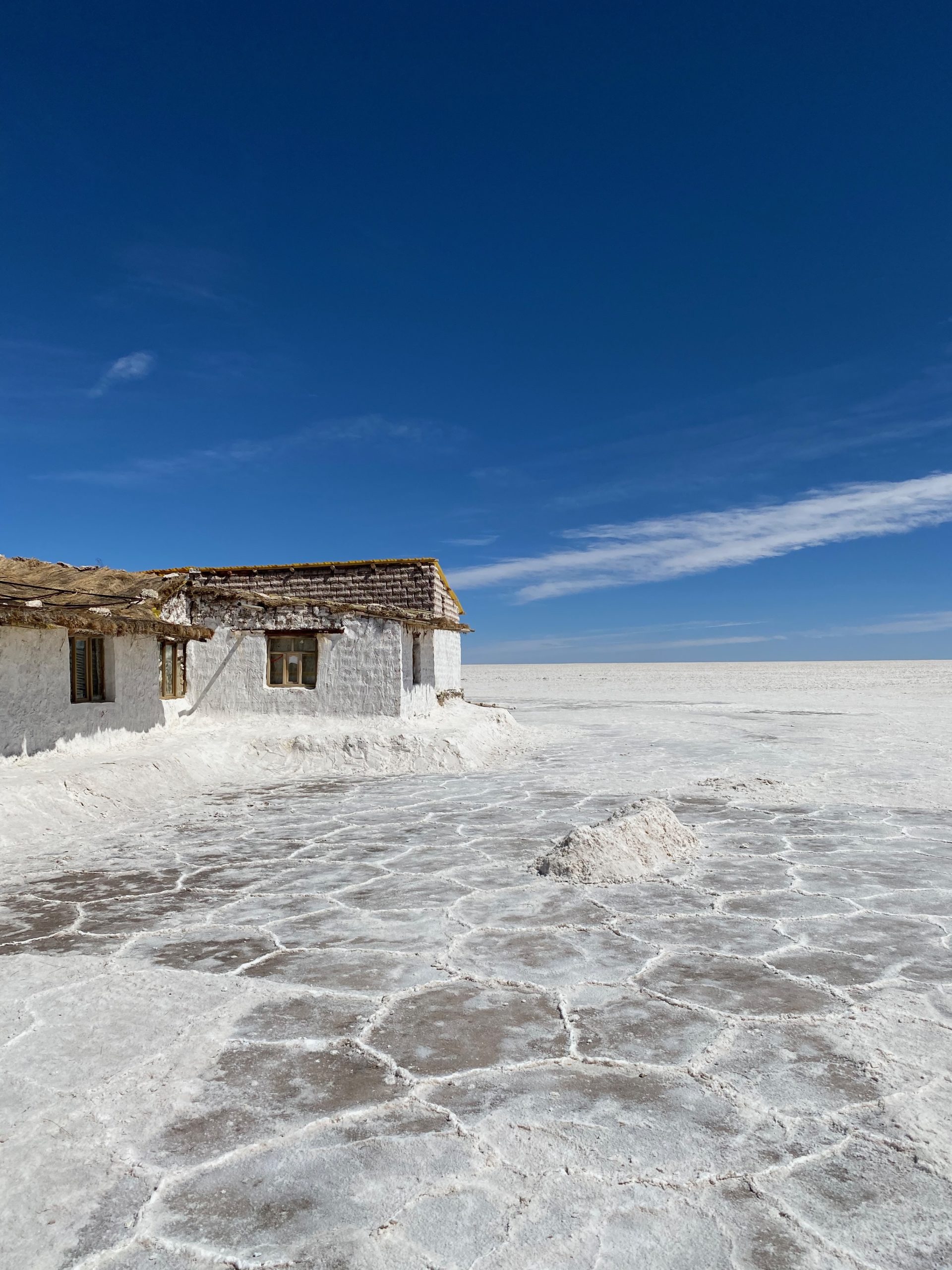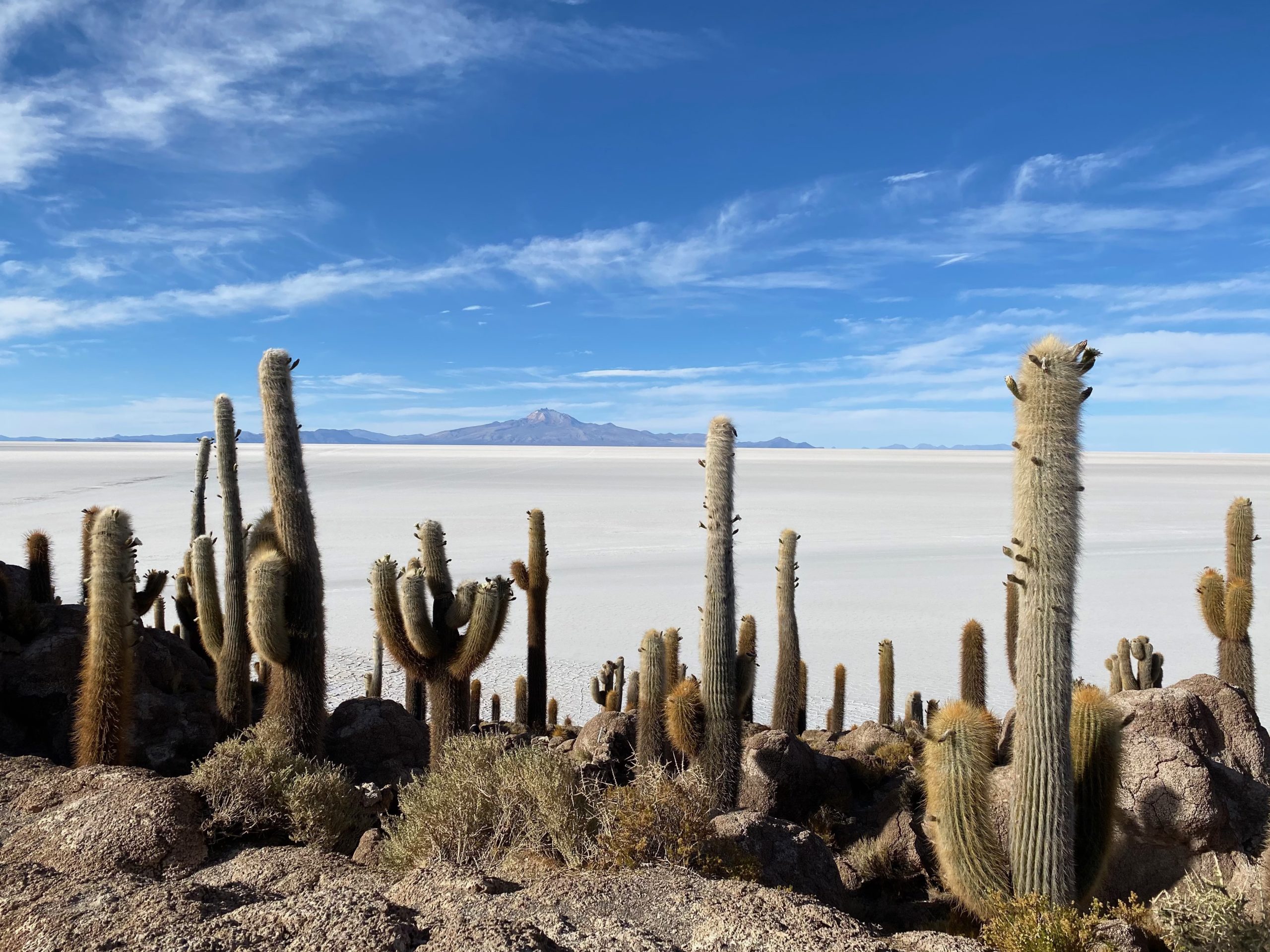The Lithium Conundrum
José Bonifácio de Andrada e Silva (1763-1838) is remembered today as the patriarch of Brazilian independence which took place in 1822. This year marks the bicentennial of the constituent assembly in Rio de Janeiro. José Bonifácio was an abolitionist. He believed that Brazil could only develop if slavery was abolished. He introduced a abolition petition in the constituent assembly. It failed. Slavery continued in Brazil until 1888. José Bonifácio soon fell out with the young and impetuous Dom Pedro, the son the Portuguese monarch, who had declared himself the Emperor of an independent Brazil. José Bonifácio was exiled to Bordeaux though he returned to Brazil later.
José Bonifácio was a famous natural scientist and mineralogist. He had spent a decade travelling in Europe between 1790 and 1800 in order to acquire the latest expertise in chemistry and mineralogy sponsored by the Portuguese government. In 1791 he attended the mineralogical and chemistry courses in Paris of professor Antone Francois de Fourcroy (1755-1808), received a diploma from the Paris natural history society, and a certificate from professor Jean-Pierre Guillot-Duhamel (1730-1816) of the Paris School of Mines. He then travelled to Germany and Scandinavia. He was elected in 1797 to the Swedish Academy of Sciences. In Sweden, on the island of Uto, in the Stockholm archipelago, he discovered lithium in petalite and spodumene.
Today lithium is one of the world’s most sought after minerals.
It is critical to the production of the ultra-light metal in electric vehicle batteries and in everyday electronic devices such as smart phones and iPads. Deposits of petalite are found in Kalgoorie, Western Australia, Aracuai, Minas Gerais, Brazil, Karabilo, Namíbia, Manitoba, Canada, and Bikita, Zimbabwe.
Since 2018, the largest lithium spodumene hard rock deposits in the world, potentially 1.5 billion tonnes of high grade low impurities lithium, is in the central territory of Manoco in the Tanganyika province (previously Katanga ) of the Democratic Republic of the Congo (DRC). It is a region ravaged by secession, past UN intervention, the death of UN Secretary General, Dag Hammerskjold, in an air crash just over the border in Nbola in what was then Northern Rhodesia (Zambia), and successive civil wars and insurgencies.
This region of what was once the Belgium Congo had been since 1915 a source of cassiterite and the Belgians in 1932 built a dam and reservoir and a hydroelectric plant on the Lukushi River. All were destroyed during the second Congo civil war of 1988-2003. But since 2017 the Australian AVZ Minerals is developing the Manoco lithium and tin project.
Australia’s Greenbushes pegmatite in Western Australia is the leading lithium producer in the world. The advantage of spodumene as a lithium source is its higher lithium concentration. Lithium is also extracted in China and from the brine of the high Andean salt lakes of Chile, Bolivia and Argentina.
Lithium in the high Andes of South America is dissolved in brine found deep underground and extracted from brine water deposits in salt lakes. Over sixty percent of the world’s lithium reserves are found in high altitude salt flats in the Andean mountain’s “lithium triangle” between Bolivia, Argentina and Chile.
The great “salar de uyuni” in Bolívia has no comercial production at present. The former Bolivian president Evo Morales cancelled a US$1.3 billion lithium mining deal with a German company in the face of popular opposition. Bolivia has a very long history of foreign exploitation of its mineral riches, going back to the mass use of forced indigenous labor in the mine shafts of the great silver mountain of Potosi by the Spaniards in the colonial period.

Elon Musk’s recent interest in the lithium resources of the Bolivian “salar de uyuni” was met with secular suspicion. But China is now said to be about to develop the huge Bolivian lithium deposit.
Argentina has lagged behind Chilean and Australian lithium production, but Argentina has been reforming its laws, reducing taxes, and improving infrastructure to boost exports. The Chinese have spent US$1 billion on rights to three lithium mines in Argentina. The Chinese state-owned gold and copper producer Zijin Mining and Contemporary Amperex Technology Ltd (CATL), China’s top auto battery maker, reached agreement with Toronto based Neo Litheum for its assets at Tres Quebradas (3Q) in NW Argentina in the “lithium triangle.”
Zijin’s chairman, Chen Jinghe, says that Neo-Lithium’s 3Q lithium brine project is one of the largest and highest-grade of its kind in the world and is expected to produce 20,000 tonnes of battery grade lithium every year for 35 years. Feasibility studies of “pastos grandes” project sees 24,000 tonnes of battery grade lithium carbonate produced annually for 40 years. The Chinese Tianje Lithium is the second largest shareholder in SQM Chile’s largest lithium producer which has also attracted a major investment from the Brazilian private equity group IGA.
Elon Musk in addition to his Tesla project for a lithium hydroxide refining factory in Texas for an automotive litnium spodumene conversion facility, also has Tesla’s factory in Shanghai, which is the world leader. China has over 100 active lithium plants. Chinese ambition marched with western capitalist convenience.
Cornwall in the far south western peninsula of England is also a potential source of lithium.
Cornwall has a very long history of mining dating back to pre-Roman times. It is the setting for the popular Ross Poldark BBCTV series based on the novels of Winston Graham (1908-2003). Poldark is the story of British army officer who returned from the American war of independence to his home in Cornwall. His family-owned tin mines. Cornwall ‘s coast is dotted with the ruined towers that stand above the deep tin mine shafts and tunnels which often stretched underground deep out under the sea.
Jose Álvares Maciel from Minas Gerais in Brazil was a fellow student of natural sciences with José Bonifácio at the University of Coimbra in Portugal. He traveled after graduation to Birmingham and Cornwall in the 1780’s studying chemistry and mining techniques. It was the period when early stream engines and steam driven pumps were being introduced for the first time into the Cornish tin mines. José Álvares Maciel intend to bring similar innovations to Brazilian mining, but he was also involved in a plot against Portuguese rule in Minas Gerais in 1789 and was denounced, arrested, and exiled.
In 2020 the company Cornish Lithium found significant levels of the metal in hot springs underground near Redruth. It is also drilling in hard rock at a disused China clay pit near St. Austell. Plans are for production to begin in 2026 of potentially 10,000 tonnes of lithium each year which will be 12.5% of the 80,000 tonnes the U.K. is expected to need by 2030. British Lithium, a rival company, is opening a pit at St. Austell. The Cornish born Lieutenant-Colonel James Howard Williams (1897-1958) was a student at the Camborne School of Mines. His father was a Cornish mining engineer who had returned from South Africa.
The Camborne School of Mines was founded in 1888 and is located at Penryn, near Falmouth, and is now affiliated with the University of Exeter. The school of mines provided mining engineers over the past hundred and fifty years for South Africa, West Africa, Australia, Mexico, South America, Canada and the USA.
Lieutenant Colonel Williams is better known as “Elephant Bill.” He was also an “old boy” of my school, Queen’s College, Taunton. He had served in the Middle East with the camel corps and in Afghanistan with the Devonshire Regiment between 1919 and 1920. He then joined the Bombay-Burmah Trading company working with Elephants to extract teak in the upper Chindwin River in Burma hauling teak logs to the waterways to be floated downriver to Rangoon or Mandaly.
During WW2 he worked with elephants for the British Fourteenth Army in the upper Irrawaddy river managing elephants hauling teak to build bridges and transport vessels for military use against the Japanese. l have (or had) a copy of “Elephant Bill” signed by him with a elephant drawing by him. It must have been given to me when l was fifteen and three years before is death in Penzance.
It is ironic that lithium mining is to take place in Cornwall in the 2020s and in order to power the 21st century’s now ubiquitous and essential personal and business and governmental communications. It is also ironic that China is busy grabbing the world’s long-term lithium supplies other than those in Australia or in the hands of Australian companies.
But then the Chinese take the long view. Washington meanwhile is consumed with gazing at its navel. The discoverer of lithium, the Brazilian José Bonifácio de Andrada e Silva, would undoubtedly have appreciated the irony.

